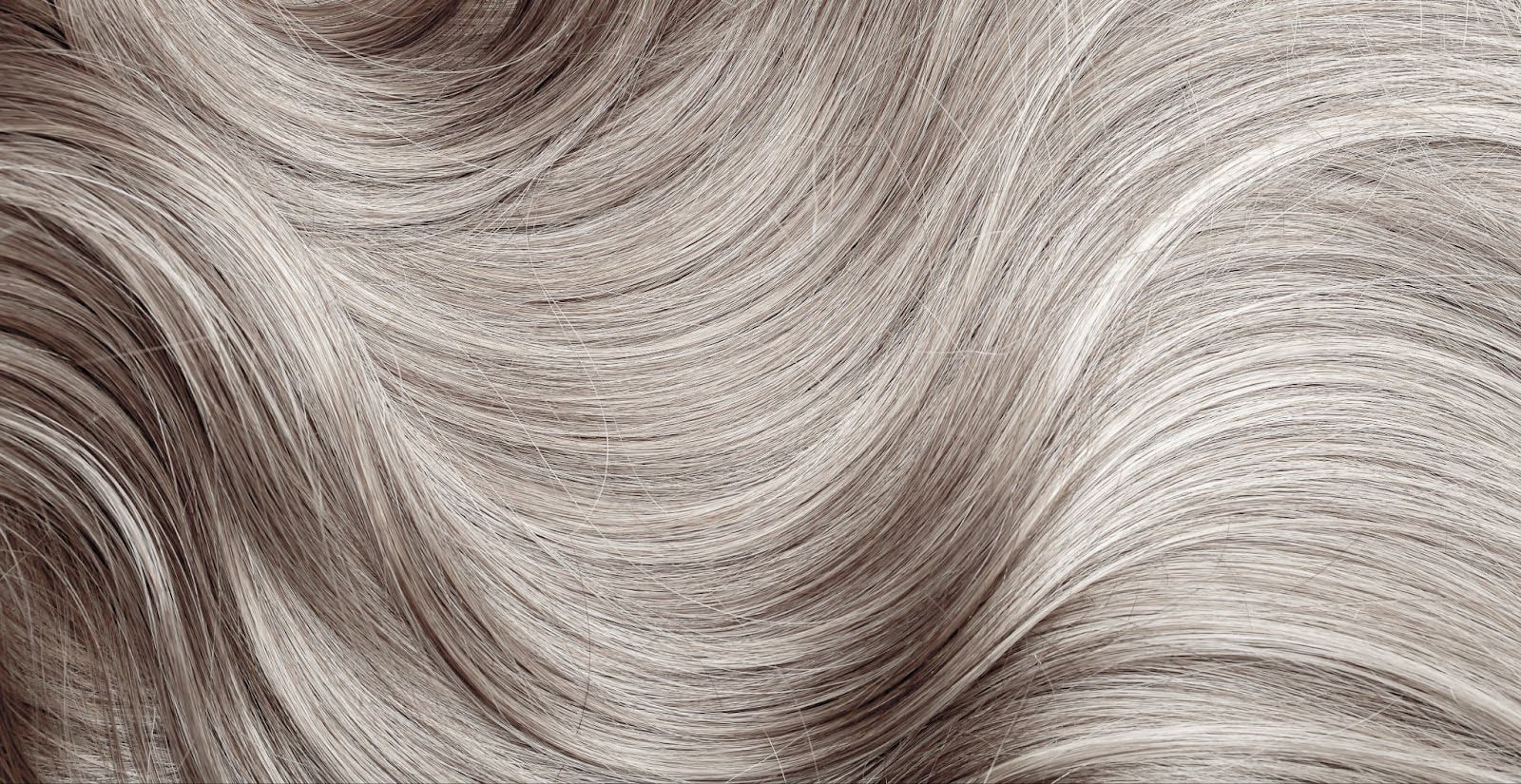
On the Rosacea Forum, “Ghost” asked me a question about Poikiloderma of Civatte. Ghost was interested in what causes Poikiloderma of Civatte and what could be done about it. I realized that this is a good Ask Dr. Bailey question and I wanted to share my answer with my readers here.
As with so many medical conditions and treatments, this one immortalizes Civatte, a physician who described the condition in the 1920s.
What is Poikiloderma of Civatte?
It’s a mottled discoloration on the sides of the neck, typically sparing the area under the chin. There is usually a brawny redness to the skin that looks like a staining, and it sort of is. There are also little telangiectasias (“broken” capillaries that are not really broken just prominent and visible).
The discoloration is triggered by chronic sun exposure, which is why it spares skin under the chin. Fair-skinned people are more prone to it, as with most sun damage conditions, although I’ve seen it on all skin types.
What causes Poikiloderma of Civatte?
In Poikiloderma of Civatte, the discoloration is due to:
“Broken” capillaries and the blood in these visible and prominent capillaries
Brown staining of the skin from iron that comes from red blood cells (hemosiderin)
Melanin deposited in the skin from sun damage
What is the treatment for Poikiloderma of Civatte?
Treatment needs to target all three of these things, plus sun protection. The brown color is sort of like a tattoo with staining by the melanin and hemosiderin, which is why creams don’t work to really get rid of the discoloration. Skin care products are an important part of treatment though.
I created my Ultimate Pigment and Sun Damage Repair Kit to target tough skin pigment problems like Poikiloderma of Civatte.
My kit combines powerful products that fight skin hyperpigmentation, renew skin collagen, fight the changes of skin sun damage and inflammation and block UV rays. I combine these with products that enhance skin penetration of the important product ingredients for maximal results. The results are impressive:
The Ultimate Pigment and Sun Damage Repair Kit has made an amazing difference in my longstanding Poikiloderma of Civatte skin condition. I’ve tried so many products that never made much difference. IPL and Microneedling were of no benefit. I’d almost given up after ten years of trying to find relief for this condition while spending a few thousand dollars doing so. The combination of these products has reduced my symptoms by 50% in two months! I ‘ve reduced the amount of heavy coverage makeup on the lower face and neck areas. as the discoloration fades. Plus, the kit has improved the overall texture and appearance of my entire face. I anticipate even more improvement over the next few months. Very grateful I took the chance on this kit as it has exceeded expectations and is helping me regain confidence in my appearance. Ms. Green Eyes
If you want to create your own skin care routine to fight Poikiloderma of Civatte, here is more information on how to do it:
Dermatology Skin Care Regimen to Treat Poikiloderma of Civatte at Home
Broad spectrum sun protection: I recommend mineral zinc oxide sunscreen every day. I also recommend using clothing, hats, and scarves to protect the skin that is so prone to this stubborn condition. Click here to see the sunscreens that I trust for my patients.
Pigment-lightening products, such as prescription tretinoin, glycolic acid, and even hydroquinone: Neck skin is sensitive and can usually only tolerate glycolic acid or a retinoid twice a week, but it still helps. The sides of the neck are more tolerant of these products than the central mid-neck area, which is good since that is where Poikiloderma of Civatte causes the discolored skin.
My my Ultimate Pigment and Sun Damage Repair Kit, includes these key ingredients to treat stubborn skin discoloration. My kit combines hydroquinone with retinol (a vitamin A compound that is in the retinoid family, just like tretinoin, but available without prescription), glycolic acid, a great broad spectrum sunscreen, plus a complete skin care routine to enhance penetration of the pigment correcting ingredients.
Antioxidant skin care products for all sun damage treatments: The best antioxidants for skin care are green tea ECGC polyphenol antioxidants as in my Green Tea Antioxidant Skin Therapy. Green tea antioxidants are also soothing and help skin tolerate glycolic acid and retinol when used together. The Green Tea Skin Therapy is in the Ultimate Pigment Kit.
A typical daily skin care routine that incorporates ‘all of the above’ would look like:
AM: Apply Pigment Fading Pads, Green Tea Antioxidant Skin Therapy followed by Vitamin C Professional Serum then a broad spectrum mineral zinc oxide sunscreen
PM: Apply Pigment Fading Pads, Retinol Night Cream followed by Glycolic Acid Face Cream
Procedures to treat Poikiloderma of Civatte
Skin care is important for preventing and treating Poikiloderma of Civatte, but to really reverse the color we often have to do laser treatments. The best for this problem is Intense Pulsed Light “laser” treatments (called BBL in my office because I have the Sciton BBL machine) or other types of laser treatments like the V-beam which treats skin capillaries. This is how I treated my own Poikiloderma of Civatte.
What other skin problems can cause brown red discoloration on the sides of the neck?
Whenever I see a mottled brawny redness on the sides of the neck, I also look for some of the other conditions that occur there, that can lead to more redness and discoloration, and that I would want to treat too. These conditions include the presence of Demodex mites (yes really), Pityrosporum folliculitis (a yeasty acne), rosacea (occurs off the face too), and dandruff (yes, really too).
That little triangle of the neck under the ear is a busy place! I have information on my website about all of these conditions. You can find some of the best pages linked in the paragraph above.
Great question Ghost. Poikiloderma of Civatte is such a common skin problem and I wanted to share my answer with all of my readers.
Warm Regards,
Cynthia Bailey MD, Dermatologist
Disclaimer: Please realize that availing yourself of the opportunity to submit and receive answers to your questions from Dr. Bailey does not confer a doctor/patient relationship with Dr. Bailey. The information provided by Dr. Bailey is general health information inspired by your question. It should not be a substitute for obtaining medical advice from your physician and is not intended to diagnose or treat any specific medical problem (and is not an extension of the care Dr. Bailey has provided in her office for existing patients of her practice). Never ignore your own doctor’s advice because of something you read here; this information is for general informational purpose only.
Author: Dr. Cynthia Bailey M.D. is a Board Certified dermatologist practicing dermatology since 1987. She has done well over 200,000 skin exams during her career and authors the longest running physician written skin health blog in the world.






